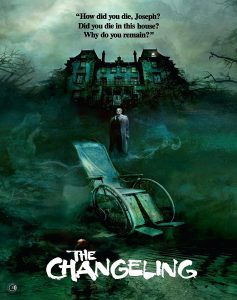 It must have been three decades or so since I last saw 1980 movie The Changeling but memories had never really left from this one and all came flooding back when catching up on its Blu-Ray debut via Second Sight. This is one of the truly frightening films of its time and one that they simply don’t make the likes of any more filling up the screen with shock scares and jump starts all padded out by special effects gimmickry. The Changeling is a supernatural film and more specifically one that deals with a dreadful haunted house and terror from beyond the grave. It followed hot on the heels of Stuart Rosenberg’s The Amityville Horror made the year before and an infatuation with hauntings that spread from it in the late 70’s and early 80’s. It helped pave the way between the classic era of film making and the aforementioned effects laden likes of Poltergeist (Tobe Hooper 1982) and as I re-watched I recognised many similarities in films of the more modern era that had almost certainly taken notes from and been influenced by this classic chiller.
It must have been three decades or so since I last saw 1980 movie The Changeling but memories had never really left from this one and all came flooding back when catching up on its Blu-Ray debut via Second Sight. This is one of the truly frightening films of its time and one that they simply don’t make the likes of any more filling up the screen with shock scares and jump starts all padded out by special effects gimmickry. The Changeling is a supernatural film and more specifically one that deals with a dreadful haunted house and terror from beyond the grave. It followed hot on the heels of Stuart Rosenberg’s The Amityville Horror made the year before and an infatuation with hauntings that spread from it in the late 70’s and early 80’s. It helped pave the way between the classic era of film making and the aforementioned effects laden likes of Poltergeist (Tobe Hooper 1982) and as I re-watched I recognised many similarities in films of the more modern era that had almost certainly taken notes from and been influenced by this classic chiller.
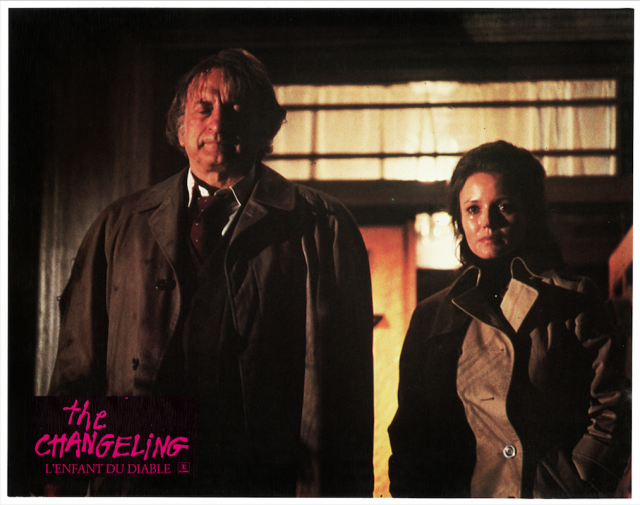
The film gets pulses racing from the very start as we see tragedy unfold and principle player John Russell (the esteemed George C Scott) suffer a ghastly bereavement. Having no choice but to move on with his life he moves to Seattle and takes up position as a university lecturer in music and continues composing stuff himself as an acclaimed classical pianist. He meets Claire Norman (Trish Van Devere) from the local historical society and she hooks him up in a sprawling manse called The Cheesman House which has stood empty for years. Perhaps he should have known better as standing on the doorstep of this old building is enough to make anyone sane think it’s got to be full of spirits and not the type you drink to calm your nerves. He could certainly have done with some of them as shortly after moving in he is woken by strange banging sounds and whispered voices at 6AM in the morning. Naturally investigating old pipes and the other parts of the mansion reveals nothing and he starts to realise that something more sinister is no doubt at play. At the historical society an interfering old biddy chips in as the harbinger of doom with the chilling words “This house is not fit to be lived in, it doesn’t want people” as effective a spine tingle moment as the more hysterical “get out” shouted at the visiting priest in the aforementioned Amityville Horror.
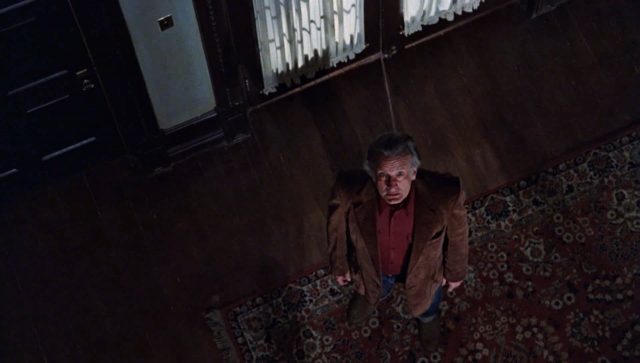
Russell in true giallo convention turns sleuth and attacks the house trying to discover sealed off parts of it. The house itself strikes back with contorted noise that would have most sensible people fleeing but Russell strikes mouldy gold in the form of a dusty attic full of sinister looking relics going back to the early 1900’s. A musical box from there plays a melody that he has just been composing, his daughter’s old ball comes bouncing down the stairs despite him trying to get rid of it and the tension mounts. A scary séance is conducted, Russell seems open to anything and is introduced to people to conduct it at the university. There may not be any flying maggots ala Lucio Fulci’s The Beyond (1982) one of many films that could have taken cues from here but it is definitely a pant soiling moment. From here the house communicates further unveiling dreadful mysteries of the past, the roots of which spread right to the present. Are spirits ever going to be appeased and laid properly to rest? For further answers in that regard you are obviously going to have to watch the film yourself.
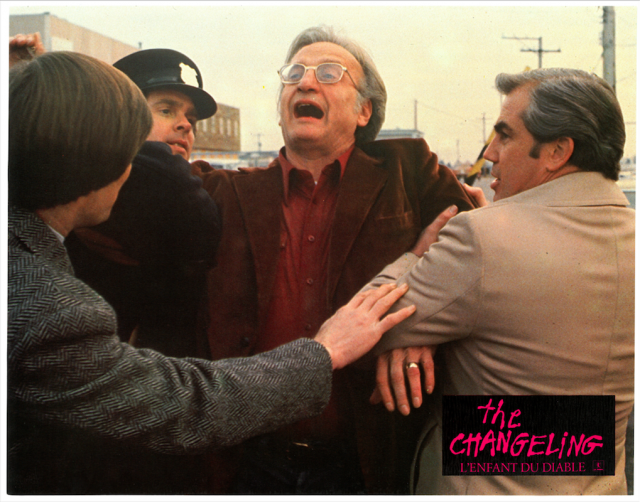
The Changeling definitely owes more to classics such as The Haunting (Robert Wise 1963) than it does the more splattery houses explored by the likes of Argento and Fulci and every other “house” film of the 80’s. The familiarity of the film was not just spurred by a previous viewing though and although the Italians normally take huge liberties copying the success of US made films in this case they actually may have got there first. Although Friedkin’s 1973 classic (and still one of the most terrifying films ever made) The Exorcist could be considered progenitor there are remarkable similarities between The Changeling and Massimo Dallamano’s 1975 film The Night Child aka The Cursed Medallion. Although an obscure film at the time of release and up to recent re-discovery one has to wonder if this was indeed an influence on The Changeling? Forward in time the tropes are much easier to spot and it would be no surprise if newer films in both Spanish and J-Horror have taken certain liberties with the film in question; there are certainly similarities in tone and plot convention here in everything from Hideo Nakata’s Ring (1988) to J.A. Bayonas The Orphanage (2007). I also mentioned giallo earlier and that is due to the similarities in narrative to those in the leading roles. There’s naturally good chemistry between Scott and Devere as they featured in many films together and were husband and wife in real life but the way their characters act in the film is synonymous and very much a product of the times; him stoic and pragmatic, unshaken and unstirred, her bordering on hysteria and seriously feeling out of her depth. In a way it could be seen as a parallel to many a giallo for instance similar to the roles played by David Hemmings and Daria Nicolodi in Argento’s Deep Red (1975). I guess this is the only real way the film seems to have aged as today the female part would certainly be much more liberated.
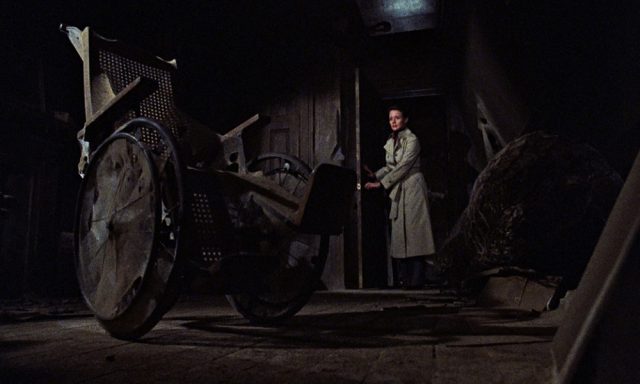 Time to fast forward to the extras which along with commentary track with director Medak (The Krays, Species 2) and producer Joel B Michaels is split into five featurettes running at around the hour mark. First up is the true story of ‘The House On Cheesman Park.’ Its history time and we are told about the real park in Denver and the Mt Prospect cemetery that used to exist there and was in true life imitating the art of Poltergeist itself; let’s just say removal of earthly remains was not done with the respect they deserved. This naturally led to all manner of mysterious happenings. Author and historian Dr Phil Goldstein is our narrator through all this and frankly his shirt is truly the most terrifying thing about the grizzly tale. It’s fascinating and well documented stuff but then our guide gets all the more manic telling us about the real inspiration for the film and that it is all factual relating to a place called The Henry Treat Rogers Mansion. I kind of wanted to call crackpot on the whole thing but unless it is an elaborate joke the film is based on playwright and composer Russell Ellis Hunter and the house did truly exist and the film is actually about his experiences there. Spooky!!
Time to fast forward to the extras which along with commentary track with director Medak (The Krays, Species 2) and producer Joel B Michaels is split into five featurettes running at around the hour mark. First up is the true story of ‘The House On Cheesman Park.’ Its history time and we are told about the real park in Denver and the Mt Prospect cemetery that used to exist there and was in true life imitating the art of Poltergeist itself; let’s just say removal of earthly remains was not done with the respect they deserved. This naturally led to all manner of mysterious happenings. Author and historian Dr Phil Goldstein is our narrator through all this and frankly his shirt is truly the most terrifying thing about the grizzly tale. It’s fascinating and well documented stuff but then our guide gets all the more manic telling us about the real inspiration for the film and that it is all factual relating to a place called The Henry Treat Rogers Mansion. I kind of wanted to call crackpot on the whole thing but unless it is an elaborate joke the film is based on playwright and composer Russell Ellis Hunter and the house did truly exist and the film is actually about his experiences there. Spooky!!
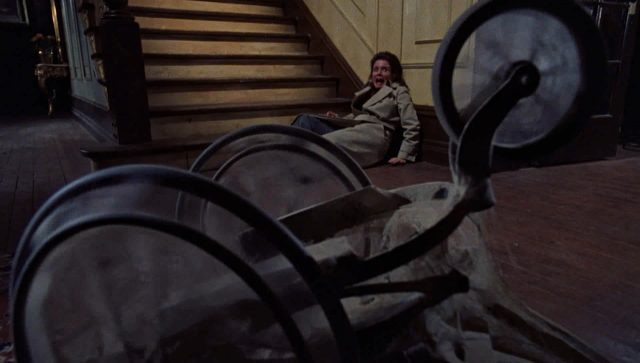
Being centred on a pianist, music is obviously important and next is a short piece on arranger Kenneth Wannberg. He has worked with some of the biggest and the best including working many times with John Williams on the likes of Valley Of The Dolls (Mark Robson 1967) & Star Wars (George Lucas 1977). His job on The Changeling was to replace the temp music on the near finished film and he states he loves working on horror genre movies, finding them easier than others but here had to convey both the scary moments and the integral sadness of the plot. His work had partly been done though, we can thank Brahms and Mozart for that. Next is the turn of art director Reuben Freed. He found his calling due to a background in architecture and says The Changeling was the first real picture he had worked on with a top-notch crew. Not finding a place with the right characteristics it is amazing that they built both interior and exterior of the house pretty much from the ground up. As a watcher of films we tend to take things for granted but the scope of what can be done on set is staggering and this is an example of that. Indeed people like this are definitely magicians and this gives a slight insight into the sort of work that is involved.
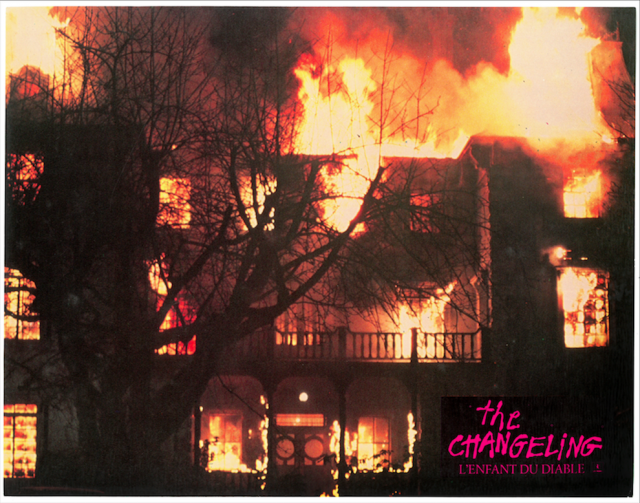
Severin who are releasing the film stateside are responsible for most of these extras and The Psychotronic Tourist and sees the ever informative Kier-La Janisse providing a bit of background and employing some friends to take us around the real life filming locations of the film. I did note the way she describes it as an “alleged” true story and yep my alarm bells are still ringing on that particular point. If you fancy taking the tour this will put you on the trail from NY to Canada and also inform you of the many other films that have used certain locations featured. I was particularly interested as the house location was introduced by SFX artist Ryan Nicholson. Fair enough him introducing himself as such BUT to me he will always be the director of films like Torched, Gutterballs and Hanger, not that they are ever likely to get a UK uncut certificate! Director Peter Medak is one of the Masters Of Horror having directed one episode The Washingtonians. In the last of the features it is down to creator Mick Garris to remember The Changeling. He does mention the success of the film and does not remember if it was particularly at time of release, no doubt like me discovering it on video in the 80’s. Now it is not only widely remembered but also looking at noticeboards highly anticipated as far as this Hi-Def version is concerned. If you go to any search of best haunted house films and The Changeling is not featured in the top 10, whoever compiled it is obviously clueless and this is a film you should definitely check out if not seen before. If you have like me years ago you may well too be amazed how much you actually remember it. The Changeling is best viewed on a cold, dark and snowy winter night as a double bill with John Irvine’s Ghost Story (1981), also available via Second Sight Films.
Pete Woods
http://www.secondsightfilms.co.uk/news/2018/jun/the-changeling
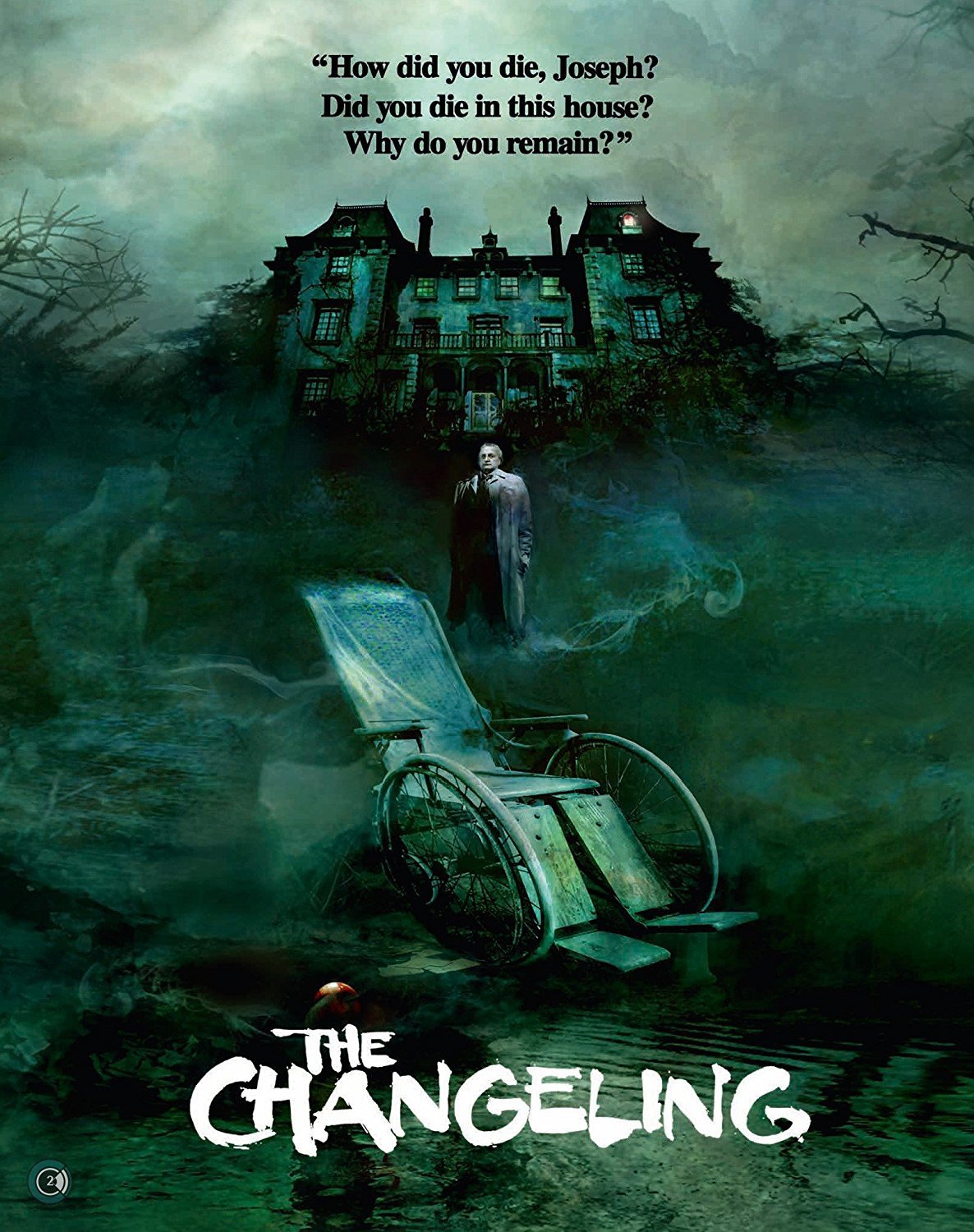
Leave a Reply